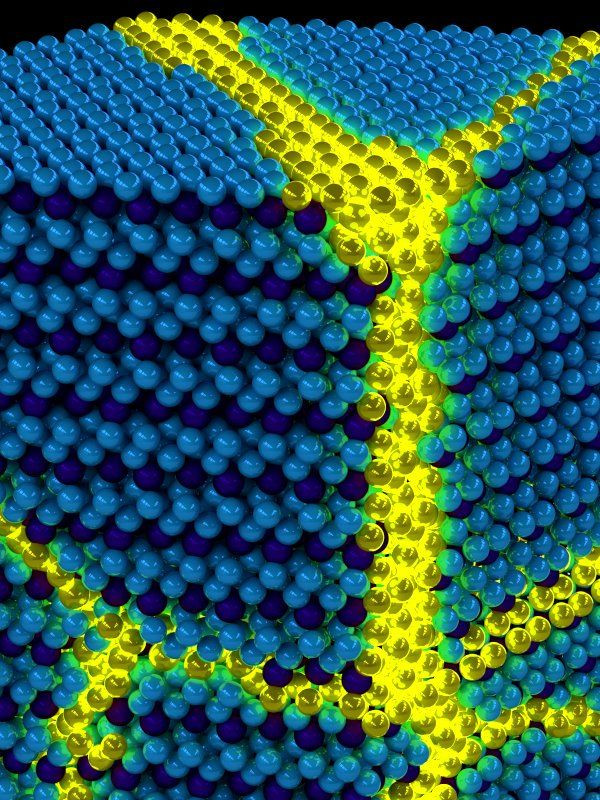What Is Excitonium? New Matter Observed 50 Years After It Was Postulated

Scientists have proven the existence of a new form of matter called excitonium which was theorized 50 years ago.
Researchers from the University of California, Berkeley, and the University of Illinois at Urbana-Champaign have finally proved the existence of this elusive type of matter using an instrument called momentum-resolved electron energy-loss spectroscopy (M-EELS) to make this astounding find.
So what exactly is Excitonium? Scientists studying non-doped crystals of the transition metal dichalcogenide titanium diselenide (1T-TiSe2) observed this exotic condensate that exhibits macroscopic quantum phenomena like a superconductor. It is made up of bosons called excitons which are formed when an escaped electron pairs with the and the hole it leaves behind.
This unlikely pairing happens when the hole actually behaves like a positively-charged particle itself. It attracts an electron that escapes the valence band and enters the conduction band. Together they form the composite particle known as the exciton.
“This result is of cosmic significance. Ever since the term 'excitonium' was coined in the 1960s by Harvard theoretical physicist Bert Halperin, physicists have sought to demonstrate its existence. Theorists have debated whether it would be an insulator, perfect conductor or a superfluid – with some convincing arguments on all sides. Since the 1970s, many experimentalists have published evidence of the existence of excitonium, but their findings weren't definitive proof and could equally have been explained by a conventional structural phase transition,” Professor Peter Abbamonte from the University of Illinois said in a press release on the University of Illinois website.
It took 50 years to discover because scientists lacked the experimental tools to distinguish whether what they were looking at was excitonium or not.
Previously, researchers confused excitonium with Peierls phase transition. Though both are unrelated, they have same symmetry and similar observables. According to the study published in journal Science, when the researchers examined non-doped crystals of transition metal dichalcogenide titanium diselenide (1T-TiSe2) and replicated the results five times on different cleaved crystals they could differentiate it clearly.
M-EELS is more sensitive to excitations than other conventional techniques. The technique helps measure the speed of an electron. The researchers used it to make the first-ever observations of paired electrons and holes.
According to the release, the energy of the electronic mode fell to zero at nonzero momentum near the phase-transition temperature (190 Kelvin). The phase is "smoking gun" proof of exciton condensation in a three-dimensional solid and the first-ever definitive evidence for the discovery of excitonium.
“The excitement generated by this discovery remained with us throughout the entire project," said researcher Mindy Rak. "The work we did on TiSe2 allowed me to see the unique promise our M-EELS technique holds for advancing our knowledge of the physical properties of materials and has motivated my continued research on TiSe2," Rak added.
Though the applications of this new form of matter are unclear the team says that the breakthrough is very significant. This puts an end to a 50-year speculation and paves way for physicists to use it as a building block in their study of superconductors. Further research of its properties could yield interesting results.
© Copyright IBTimes 2024. All rights reserved.




















